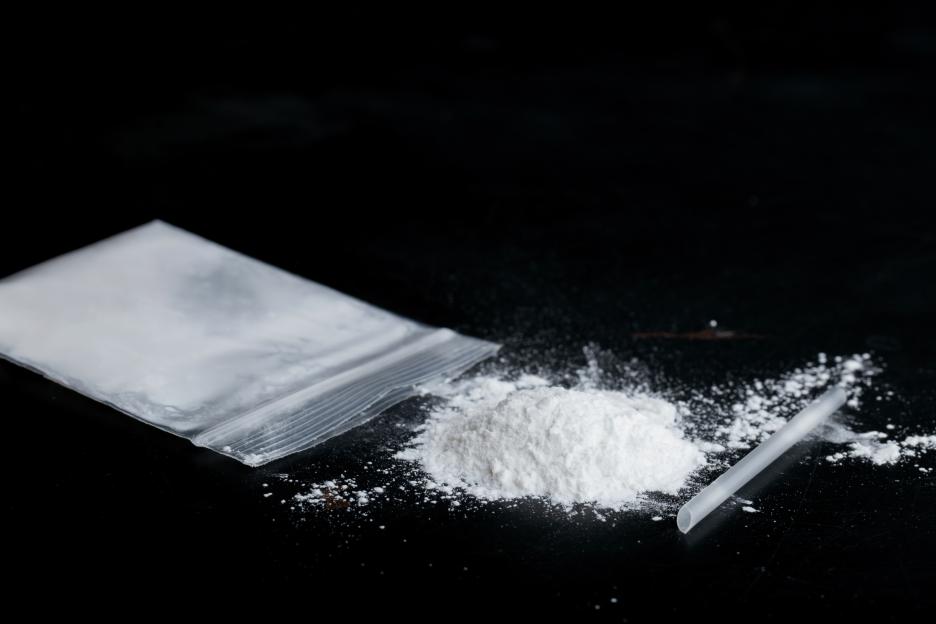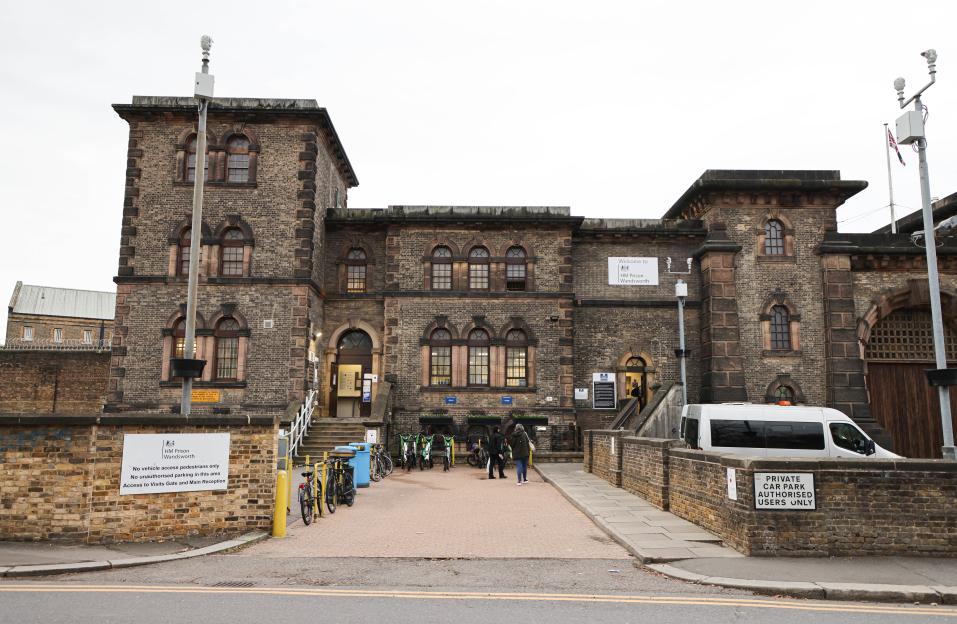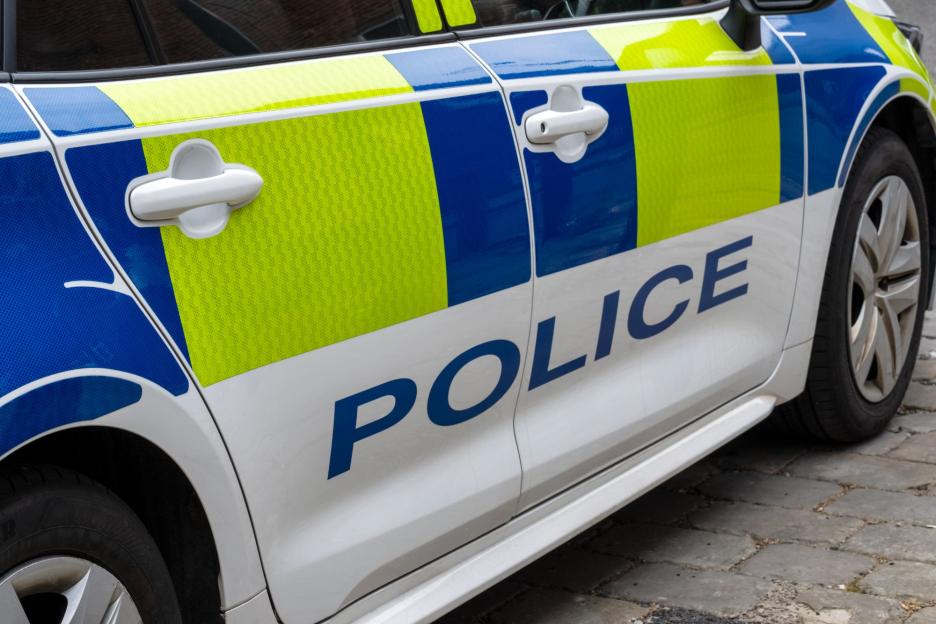AT Burnley General Hospital’s urology department, 13-year-old Lexi writhed in agony as doctorsand bladder complications.
Her mum Cathy, 49, was terrified she might lose her beloved daughter – and it was only the that she discovered the real cause of her excruciating pain.
 A coroner has urged the government to reconsider the dangers of ketamine after Gemma Weeks died from her habitCredit: MUCHLOVED.COM
A coroner has urged the government to reconsider the dangers of ketamine after Gemma Weeks died from her habitCredit: MUCHLOVED.COM
 Lexi (not her real name), a 15 year old girl who was addicted to ket at 13 years oldCredit: Matthew Barbour
Lexi (not her real name), a 15 year old girl who was addicted to ket at 13 years oldCredit: Matthew Barbour
 Ryan Long was close to death after becoming addicted to KetCredit: Matthew Barbour
Ryan Long was close to death after becoming addicted to KetCredit: Matthew Barbour
Despite her tender age, Lexi had become addicted to the killer drug, ketamine.
Thankfully, Lexi survived. But she is one of the lucky ones.
Ketamine-related deaths are soaring across the UK, with experts warning the Class B substance is fast becoming teenagers’ drug of choice.
Steve Pope, an addictions specialist counsellor based in Lancashire, says dealers deliberately target young people.
“Ketamine’s the poor man’s coke, but far more deadly because it’s sucking in kids with their whole lives ahead of them,” he explains.
“Costing around £15–20, compared to £80 for a gram of cocaine, it’s easy for dealers to hook kids, offering it for free in return for running County Lines operations. They’re effectively enslaved to the dealers, and their lives spiral out of control.
“I’ve seen kids hooked on on dark backstreets, touting for sex to pay for their next hit. Hospitalisations and deaths are just the tip of the iceberg – this drug tears apart lives, families, and entire communities.
“A year ago I was running two support groups for ket users in the Blackpool area, now it’s 10 – and it’s predominantly 14–18 year olds.
“We have around two kids a week going to hospital to get catheters or stomas fitted because they’ve got permanent bladder damage from ket.
“This is a problem that seems to keep growing, and growing and growing.”
The recent death of Gemma Weeks, 28, linked to ketamine use has prompted a third coroner in less than a year to urge that the drug be upgraded to a Class A substance.
Dorset coroner Brendan Allen warned that keeping gives young people the impression it is less dangerous.
His comments followed the death of Gemma, who suffered “devastating” health problems after spending around £500 a week on the highly addictive drug.
It marks the third time since November that a British coroner has called for ketamine — the drug that also caused Friends star Matthew Perry’s death in 2023 — to be reclassified due to its serious risks.
Gemma’s sisters and mother described her as “an absolutely beautiful young lady with a heart of gold” in a statement.
“Ketamine took Gem’s life, and stole her from ours,” they said. “Had Gem known the road it would lead her down I can guarantee she would have never taken ketamine that very first time.
The potent party drug – which is a horse tranquilizer – has also been linked to the tragic deaths of Friends star Matthew Perry and drag queen The Vivienne, has never been more popular.
Last year alone, 123 – a staggering 20 times more than the six fatalities recorded in 2014.
Researchers at King’s College London revealed that out of 696 deaths recorded by coroners between 1999 and 2024, nearly a fifth occurred in 2024 alone.
 Lexi is flourishing after quitting ketamine and has joined Army CadetsCredit: Supplied
Lexi is flourishing after quitting ketamine and has joined Army CadetsCredit: Supplied
Ket deaths on the rise
With ketamine’s grip on young people tightening, experts are calling for urgent action to tackle both its rising popularity and the exploitation that comes with it.
School girl Lexi was just 13 years old when she became addicted to ket.
“She was getting it off a friend’s brother and ordering it on snapchat,” explains Cathy. “It would get delivered in less than 15 mins – easier than ordering a takeaway pizza.”
I’ve seen kids hooked on ketamine standing on dark backstreets, touting for sex to pay for their next hit
Steve Pope, drug expert
Cathy, a mother of three and development officer for the local council from Burnley, Lancs, couldn’t understand why her once sporty daughter was going missing for days on end, smashing up the house and being suspended from school for bad behaviour.
Known on the streets as K or Special K, out-of-body high. But it can also cause nausea, confusion, behavioural problems and vivid hallucinations – a terrifying experience known as a ‘K-Hole’.
The highly addicted substance – which is usually snorted as a powder – first hit UK streets around two decades ago.
Class B substance
 Ketamine is considered the “poor man’s drug” because it’s only £15 a gramCredit: Getty
Ketamine is considered the “poor man’s drug” because it’s only £15 a gramCredit: Getty
It was classified as an illegal Class B substance in January 2005, at a time when only around two per cent of 16- to 24-year-olds had ever tried it.
But its popularity has soared among youngsters and it’s now more popular than cocaine, heroin, LSD or ecstasy.
In August last year, Cathy ended up taking Lexi to A&E at Burnley General, after she wouldn’t stop retching and shaking uncontrollably.
Doctors asked what she’d been taking and Lexi finally confessed for the first time to her mum about her drug addiction.
The dangerously underweight girl – who had shrunk to just six stone – finally admitted she had been taking up to two grams of ketamine every night for 10 months.
Terrifyingly, she was now experiencing psychosis, hearing voices and suffering from crippling stomach cramps and nausea.
Ket would get delivered in less than 15 mins – easier than ordering a pizza
Cathy
Cathy tells how her daughter was involved with “athletics, dance, Drama and horse riding” prior to her behaviour changing in secondary school.
She recalls: “Looking back now the signs were there. She was not cooperating with anything, not wanting to get out of bed, and then when she did get out of bed she was wanting money and out the door and then we couldn’t trace her.
“Sometimes she’d go missing when she couldn’t get money or she had a phone taken away so she had no contacts to get anything. The rage, the smashing the house up, it was horrendous.
“Throwing glasses, plates, cups, anything she could get her hands on, smashing doors. It was really destructive and violent.”
Lexi’s bad behaviour also led her to being suspended from school. Cathy had no idea her daughter had been addicted to ket, which explained her sudden change in personality and her vicious outbursts and rages.
Who would expect a 13 year old to be addicted to ket?
Cathy
Cathy had no idea how easily her daughter could get hold of the drug. After all, who would expect a 13-year-old to be taking ketamine? The shocking truth only came out last when she was finally hospitalised.
“I had heard of ketamine before,” says Cathy. “But never for one minute imagined how rife the drug had become – and how it had nearly killed Lexi.”
Lexi was kept in hospital for several days until she could start eating again, and received support in the coming months from East Lancashire Child & Adolescent Services, a children’s mental health service, and regular visits from a social worker.
Today, she has managed to get her life back on track and has joined the Army Cadets. She is set to attend an army college in September next year. She’s in Year 11 now and hasn’t touched the drug since.
“I’ve got my daughter back,” adds Cathy, tearfully. “It’s scary how close I came to losing her.”
Lexi won’t reveal how she paid for the drug as she’s worried about repercussions from the gang.
But many experts warn school kids are targeted and buying it on ‘tick’ for returns.
“Drug dealers commonly prey on young people so they can be used as part of their network,” continues Steve Pope.
 Tom Kirk, 26, is a recovering ketamine addict who lost £50k on his addictionCredit: WithYou
Tom Kirk, 26, is a recovering ketamine addict who lost £50k on his addictionCredit: WithYou
Nearly 100 miles away in Scunthorpe, Tom Kirk is recovering from organ failure he suffered at just 25, after spending £50,000 on ketamine over six years.
Last March, doctors told Tom, now 26, that his bladder, kidneys, and liver were functioning at just 20 per cent. They warned him that if he continued taking the drug he would die.
Tom first tried ketamine at Creamfields festival in 2018, aged 20, but his use spiralled during the Covid lockdowns.
By the time he returned to work, he was spending £50 a day on the drug – taking it before work, during breaks, at lunch, and after finishing. When he was made redundant, his ketamine use escalated even further.
“I’d try to go to sleep but I’d get up to go to the toilet every 20 minutes,” he says. “I was in excruciating pain for hours and hours, sat in the shower – before going back into my room to take more ketamine.”
The physical toll was devastating. The tubes from his kidneys to his bladder were blocked up with an infection and inflammation – nothing could pass through.
He was bedbound for two months, with nephrostomy bags in his back to help him urinate, because ketamine had damaged and shrunk his bladder.
Through charity WithYou’s support, he secured three months in rehab, and then began attending group sessions at partner organisation, Double Impact.
Today, he works for Double Impact and helps others suffering from ket addiction.
 Ryan Long with his beloved mum MelCredit: Supplied
Ryan Long with his beloved mum MelCredit: Supplied
His story highlights a growing problem – ketamine cases among WithYou’s young clients rose from under 10 per cent in 2019/20, to 23 per cent in 2024/25. His recovery work is now about helping others like him.
“People are struggling and they’re young people – I’m talking 16 to 18-year-olds,” he says. “Recovery is far from easy. That’s why these groups are so good – these people have the same goals but come from completely different backgrounds.”
Tom’s story is eerily similar to Ryan Long, who became addicted to the drug when he was just 21 years old.
“Ketamine nearly killed me,” he says, from his home in Devon. “I was once a fit, sporty lad from Exeter who had dreams of working with children. But five years of ket abuse left me skeletal, brain damaged and fighting for my life.”
His mother Mel Long, 53, a single mum-of-three, says she has spent “every day in hospital” nursing him back from the brink – as doctors told her to prepare for his death.
 Ryan Long looked like a completely different person when he was hooked on the drugCredit: Matthew Barbour
Ryan Long looked like a completely different person when he was hooked on the drugCredit: Matthew Barbour
But after lockdown cost Ryan his job as a care worker, he turned to drugs for escapism.
At first it was cannabis – but when it made him sick, someone offered him his first taste of ketamine.
Calls to change drug to a class A
“It took me six months before I realised what was going on, and when I knew, he said I shouldn’t worry, he had it under control,” recalls Mel.
“I caught him doing ket in the shed at night, then it was in the day, then it became constant. He always promised he could stop, but the addiction was in control, not him.”
“His friends begged him to stop, and even put posters up around town telling dealers not to sell to him.”
Soon Ryan was consuming up to 10 grams of ketamine every single day – spending over £200 a day.
“He was wasting away before my eyes,” continues Mel. “He stopped eating, he could barely walk, he was in agony.
The drug stripped everything from him
Mel Long
“The drug stripped everything from him – his weight, his health, his personality. I kept telling people he needed help, but no one would listen.”
Over the past five years Ryan has been admitted to hospital almost 20 times.
He suffered sepsis, kidney failure, nerve damage, bladder damage and severe malnutrition. His weight plummeted to just six stone, critically thin for someone who’s 5’7.”
“So many times we thought he’d die,” Mel said. “Twice he was resuscitated. He was in a coma for two weeks. I was told to sign a Do Not Resuscitate form because they didn’t think he’d survive.
“I sat there, preparing for his funeral. Then the next morning, he woke up. He’s a walking miracle.”
Ryan adds: “I was lost. Ketamine takes away the pain – the pain of living. That’s why I kept doing it. But it nearly killed me.
I’ve ruined my body, I can’t walk properly, I’ve got nerve damage and a hole in my nose
Ryan Long
“I’ve been on life support, I’ve lost friends, I’ve ruined my body. I can’t walk properly, I’ve got nerve damage in my feet, I’ve got a hole in my nose. I’ll never be the same again.”
Doctors warned him bluntly: if he ever touched ketamine again, he would die but against the odds, he recovered and has been clean since April.
“People think it’s harmless, just a party drug,” says Ryan. “But it ruins your body, your brain, your life. I don’t want anyone else to go through what I’ve been through.”
If you need help for an addiction or confidential advice, please contact wearewithyou.org.uk







